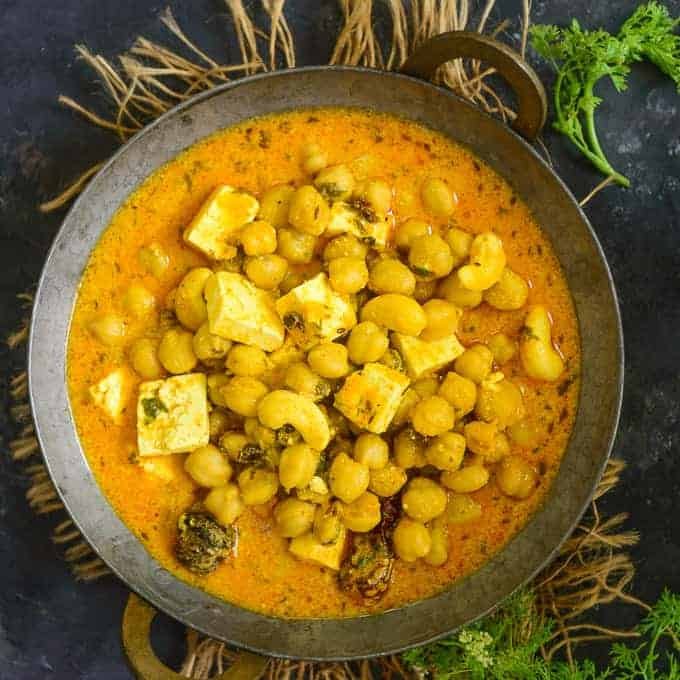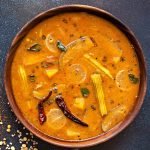Food: A Significant Way To Retain Cultural Identity
“Food is not rational. Food is culture, habit, craving, and identity.” – Jonathan Saffron Foer.
As Indians, our culture is the most cherished possession of society. It is among the oldest cultures in this world. Despite the huge diversity, the Indian culture radiates vibrance with all its eminence and richness.
Culture is the soul of a place. It comprises everything right from language, art, religion, and customs to food. Culturally speaking, food is a very significant factor. Food can evoke memories and serve as a vital link to our family or country. Immigrants may use food as a bridge to integrating into a new society. When we indulge in a delicacy for the first time, it may not immediately connect to us in a meaningful way. However, with time, food can become a part of our culture, lifestyle and US!
Food is considered beyond a means of survival. It can also act as a reflection of your identity. For instance, food habits differ from Kashmir to Kanyakumari. Just like different clothing styles signify different regions, food also conveys regional differences.
On a larger scale, food is one of the core elements of a culture. Traditional food customs are passed down from generation to generation. During festivals, several food items are prepared across the entire nation. Be it gujiya for Navratri, modak for Ganesh Chaturti, sevai for Eid, or homemade cakes for Christmas; food is regarded as a means of celebration in India.
One such celebratory food is Madra from Himachal Pradesh! It is one of the major foods that speak for the state’s food heritage. Every occasion or festival is celebrated with a combination of love and Madra in Himachal Pradesh. It originated from the Chamba district.
Madra is a thick gravy made out of yoghurt, chana (soaked chickpeas), and vegetables. The flavour of this meal is enhanced by the use of several spices, including cloves, cinnamon, cardamom, cumin, coriander powder, and turmeric powder, which are cooked thoroughly in the oil.
Here is a quick recipe that you may use to prepare this delicious speciality at home:
- Grind the black cardamoms, black peppercorns, and cloves in a mixer grinder to start preparing the recipe. Be cautious to prevent it from turning into a fine powder; it should instead be granulated.
- Mix water and rice flour then set it aside. On medium heat, bring two tablespoons of mustard oil to the heating point.
- Add a dash of asafoetida, cumin seeds and cinnamon.
- Combine all the blended dry spices.
- Add onions and saute for better taste (this step can be optional).
- Add coriander powder as well as garam masala.
- Add the cooked chickpeas and blend the mixture well. To boost the taste, add salt and chilli powder.
- Slit and add some green chillies while letting it cook for 2-3 minutes.
- Now reduce the heat to low and mix in the beaten yoghurt with the chickpeas. Till the yoghurt is thoroughly blended, keep stirring the mixture.
- As soon as the yoghurt begins to boil, turn the heat up to medium and stir constantly. It’s crucial to stir yoghurt to prevent cuddling or breaking up.
- Continue stirring as you add the ghee and rice flour mixture. It needs to be cooked at the proper consistency, which takes a further 5–6 minutes to cook.
- Keep in mind that the gravy gets thicker as it cools. Serve it with steamed rice, chapati, dry fruits, or salad!
Might be delicious, right? Now you can also enjoy Himachali cuisine at home! No matter how many new foods emerge, traditional delicacies always remain enticing and closer to our hearts. Learn more about different regional food and strengthen cross-cultural relationships today by visiting the WTR channel on youtube. They also provide various tasty recipes for all the food and cooking enthusiasts out there!







